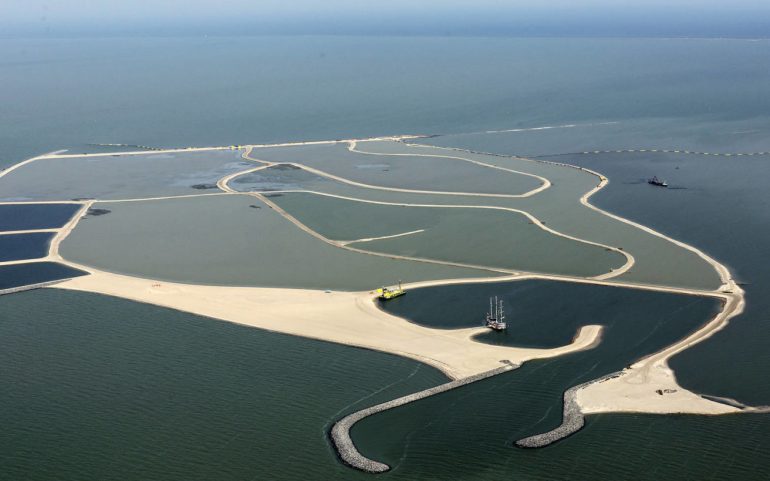Its effects climate change they are rapid and appear in our daily lives. At our every step. Now every decision we make has an impact on the quality of our own life and according to scientists our actions from now on will judge until when and if, the end of man will be written.
Some have listened to the bells ringing for decades and tried to make a real difference. A couple 30 years ago did not consider bells to be conspiracy theories and thought of doing something that would have tangible results for the planet. After 3 decades seeds planted by Sebastiao Salgado gave life to a huge area "Scorched earth" in the Maine Valley, the Rio Doce freshwater river, in Atlantic coast of Brazil. And they did it.
Something similar has been set to be achieved by one modern Robinson Crusoe in Netherlands who created the new "entry" on the world map: The Marker Wadden Islands cluster which is considered a modern miracle of rebirth of nature and life.

Reinforced by abundant concrete bridges, the shallow Markermeer Lake, which is also considered an inland sea, extends for about 40 km, flooding an area of 700 sq.m. of central Holland.
At its southernmost point, it reaches Amsterdam and continues north, west and east to the cities of Enkhuizen, Hoorn and Lelystad, places most people would never think of visiting.
If one stands at Lelystad Pier one will have the opportunity to observe a beautiful and rare spectacle: Rare species of birds, and growth of flora and fauna on a cluster artificial islands creating the Marker Wadden archipelago.
Roel Posthoorn was (and is) a visionary of the great work. The Posthoorn vision has turned an abandoned place into a wildlife refuge. He told a BBC autopsy: "Welcome to Europe's new coastline. By the end of next week, this place will be completely different. Then, when our participation reaches its end, nature will take over its work ".

About 4 decades ago, the Dutch government planned to reclaim the land from Markermeer to increase the residential area of Flevoland and ease the pressure on densely populated cities.
Bureaucracy and escalating costs held the project back. Political battles took place but to no avail. However, in parallel with the political conflicts, the catastrophe was fast approaching. Water quality deteriorated rapidly due to the disappearance of the natural coastline and the fish population declined sharply.
Analyzing his mission, Posthoorn said: "I had a bold idea. To save it and enhance biodiversity. " Flevoland, a man-made province built almost entirely of regenerated land in the 1950s and 1960s, had inspired Posthoorn.

However, as in the case of radical ideas, people are initially reluctant. "People have always lived by the water or actually above it. So, the next plan was to create five islands, of which only one would be open to visitors. I took the inhabitants and transported them by boat to explain to them how we would start with the recovery of the land from the bottom of the lake, but they could not see what I was seeing. It was a simple equation of water, islands and nature. "
Nevertheless, for the visionary Robinson, the "forest" was very clear in his plan: A parallel cluster of pristine islands and densely packed cities could coexist. The creation of islands from the mud that drowned everything. And then nature would do its job.
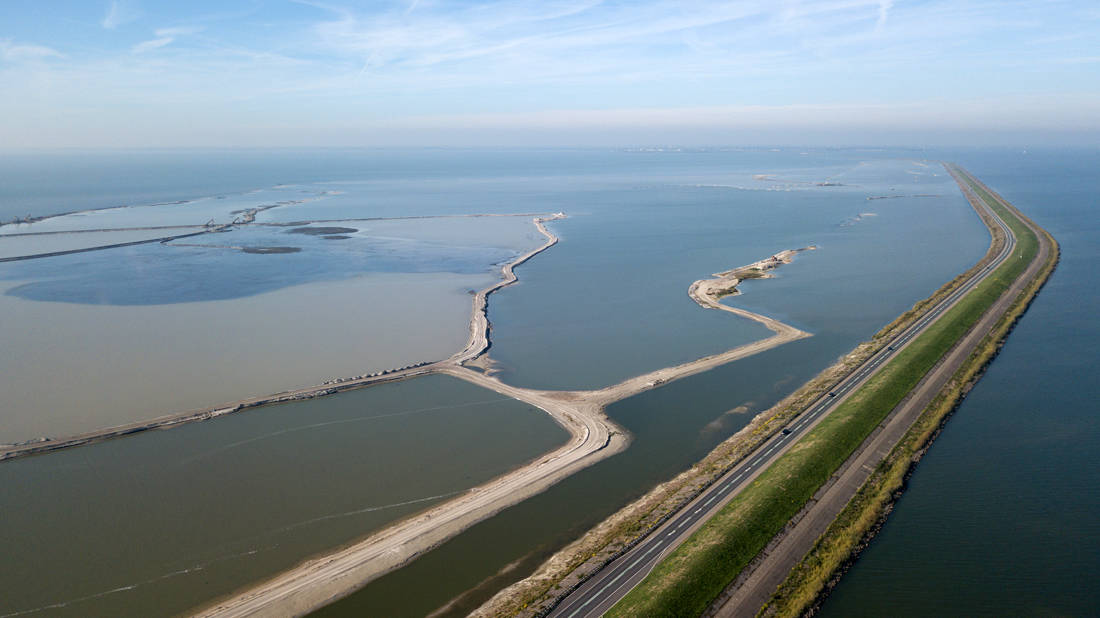
According to the latest data in artificial cluster of islands there are about 120 species of birds.
Specifically, one can see geese, ducks, cormorants and more than 2.200 gulls.
At the same time, here you will find four different types of bats, insects and 170 different species of plants.
This is an unprecedented achievement in a neglected landscape that has so far been erased from the map.
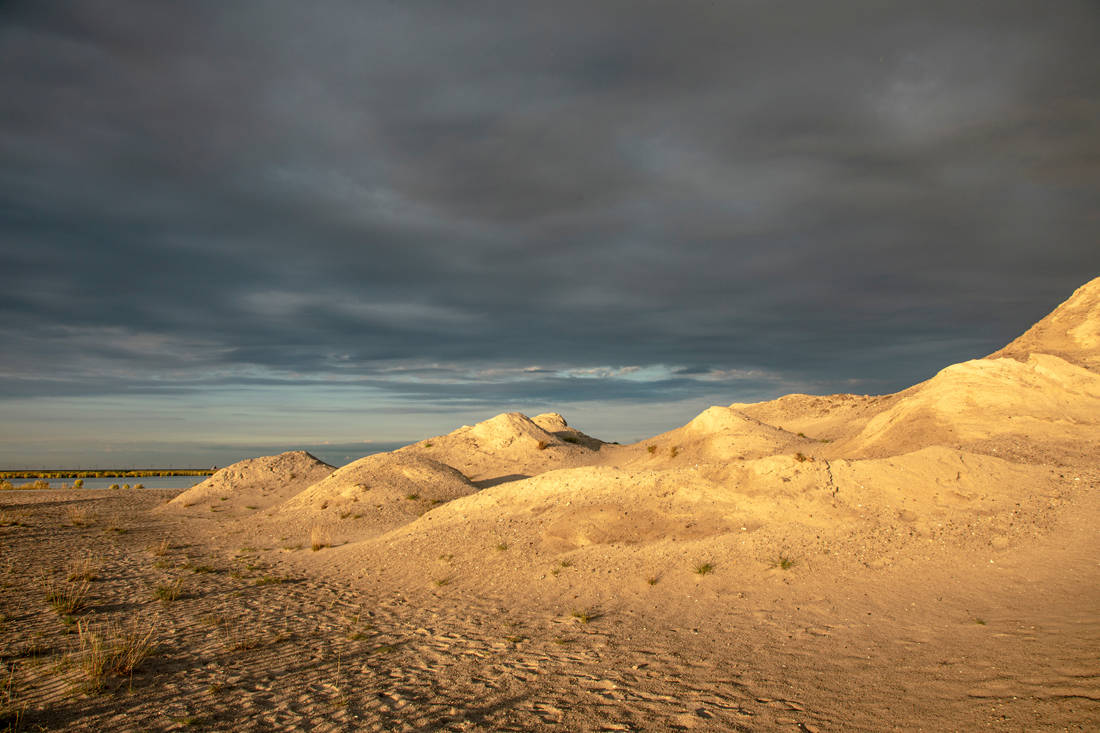
Two years ago, dozens of Dutch people decided to exercise their right to vote in the Marker Wadden archipelago.
The queue formed to vote at the unique polling station was huge, but they waited patiently for their turn, as it was the first opportunity given to the Dutch to visit the island, to which access is normally denied.
They went there by small ships which failed to serve the departure queues from the mainland of the Netherlands.
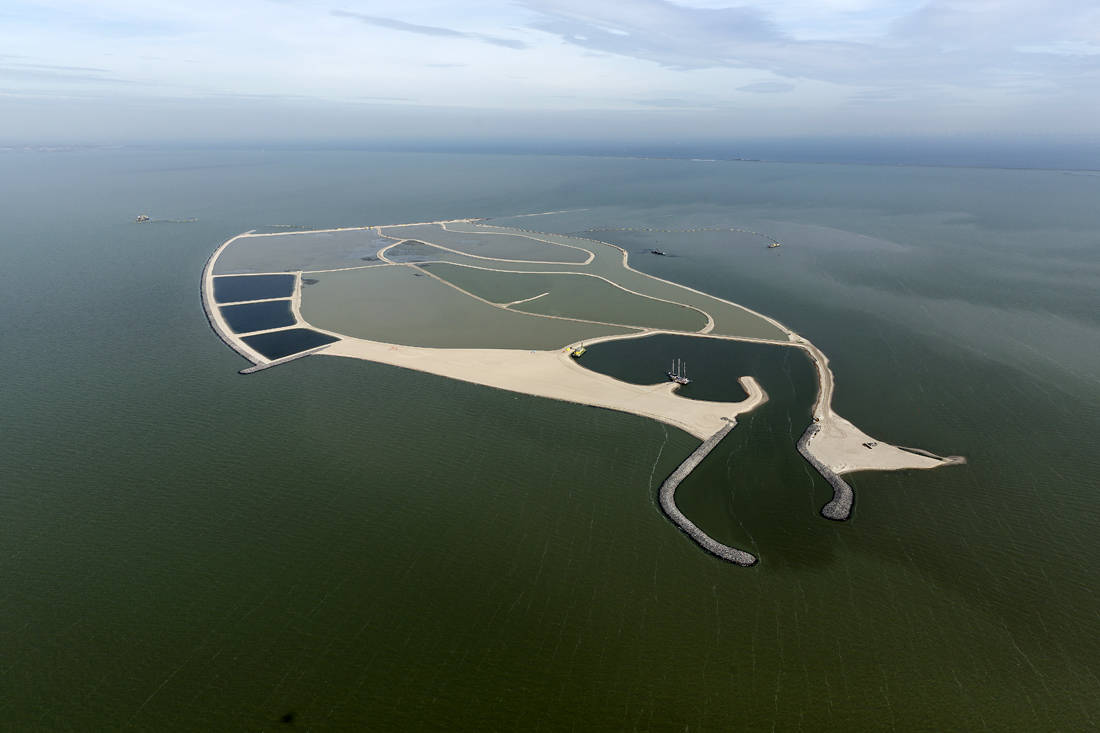
Within the next decade and with a delivery plan in 2030, a new project will be carried out that includes the creation of a second archipelago on the windless side of Marker Wadden and an artificial peninsula near the provincial Lelystad.
The visionary added: "If I am allowed to build another island after that I will leave it completely in nature to see what happens next. "Leylstad was built by people and you can see that these islands are the next step."
Ina Adema, mayor of Lelystad, commented: "They are made by humans, but this time not for us, but for nature."
Posthoorn's work, however, is already visible: The human footprint is almost non-existent while there are no buildings, roads, signs, cables or anything that could hinder natural regeneration.
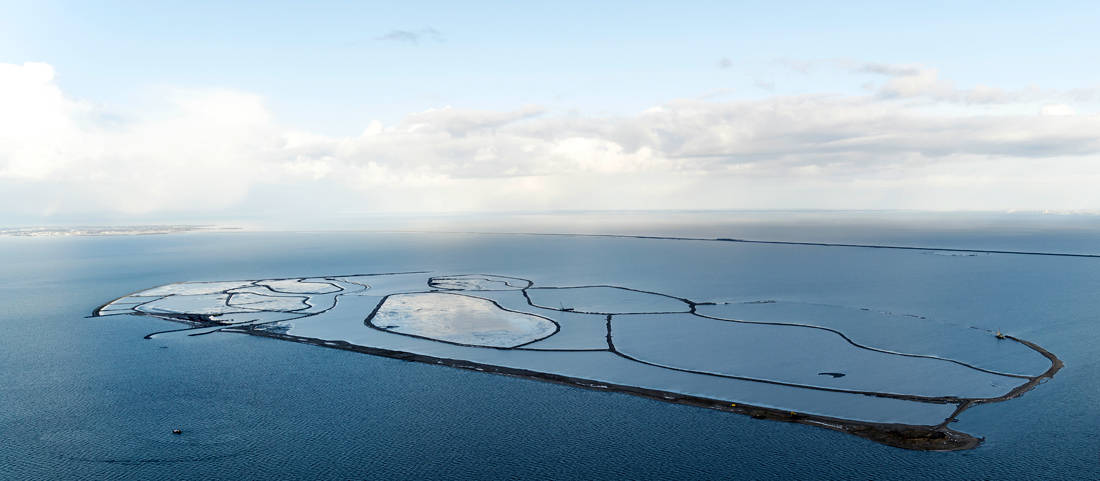
By 2020, the four cabins of the island that are accessible to the public for overnight volunteers and visitors and a laboratory and research center off-grid, which will operate with solar energy and desalinated sea water, will be ready.
But there is also a concession to residents who want to see the miracle up close. A ferry, which will sail to Markermeer from next spring, offering day travelers the opportunity to reconnect with nature.
